The tiger sharks have assisted scientists in mapping seagrass meadows covering a total area of over 35,500 square miles, with the hope of combating climate change.
A team of seven tiger sharks, hired by the American non-profit organization Beneath the Waves, recently completed a unique mission: to chart an area of the Bahamas, which is now recognized as the largest seagrass meadow in the world.
Of course, the sharks were unaware of their mission, but it was nonetheless a resounding success, according to a study published recently in the journal Nature.
For many years, Beneath the Waves has been monitoring the behavior of tiger sharks in the Bahamas with the goal of determining how the marine environment through which these sharks frequently move can be improved.
Previously, researchers discovered that tiger sharks spend a significant amount of time in seagrass meadows searching for prey. They can swim approximately 44 miles each day in this area, which is why they were chosen to be excellent research partners for scientists, hoping to accurately map the earth’s seagrass environments.
The research team equipped six sharks with cameras using corrosion-resistant swivel joints designed for saltwater. One remaining shark was fitted with a 360-degree camera, marking the first time marine animals have been equipped with a 360-degree camera on their bodies.
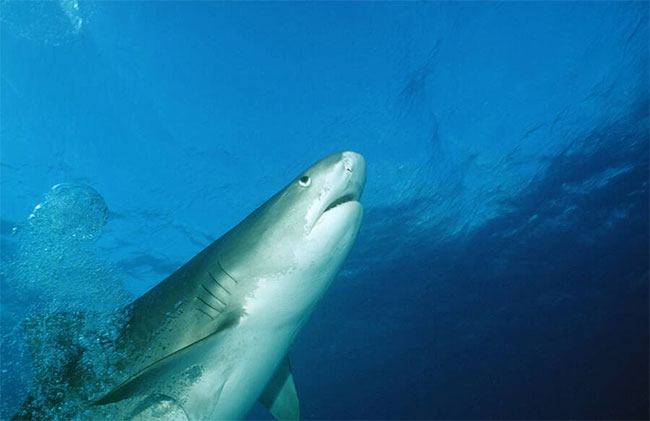
Tiger sharks, also known as leopard sharks, are the only species in the genus Galeocerdo, part of the family Carcharhinidae. Adult tiger sharks average 3.25 meters in length and weigh between 385 and 909 kg. This species thrives in tropical and temperate oceanic regions worldwide, particularly around central Pacific islands. They are carnivorous sharks, consuming almost anything, including metal.
According to a report from ABC Australia, it is crucial for scientists to accurately estimate how much seagrass exists on Earth, as seagrass can store carbon longer than most terrestrial plants.
Carbon stored in marine and coastal ecosystems is referred to as “blue carbon”, but what makes seagrass particularly useful is that it stores that carbon in the underlying sediments rather than in its own tissues.
In contrast, terrestrial plants often release stored carbon when they die and decompose.
With seagrass, “a significant amount of carbon will be condensed in the soil, where it can be retained for millennia if the environment remains undisturbed,” Michael Rasheed, head of the Seagrass Ecology Laboratory at James Cook University, told ABC Australia.
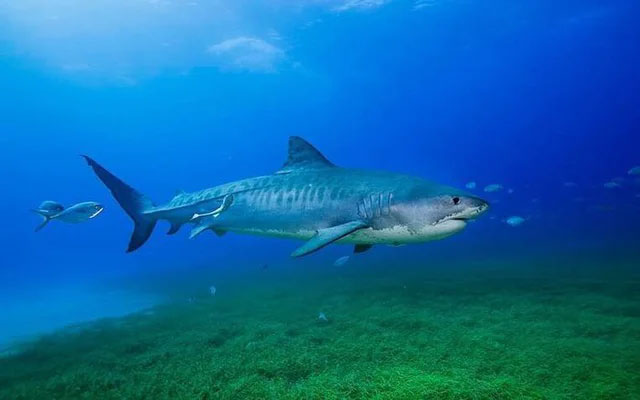
Tiger sharks are among the largest shark species on the planet. Aquatic tiger sharks share several characteristics with terrestrial tigers, as both are exceptional hunters.
Unfortunately, much of the Earth’s seagrass is being disturbed due to a combination of direct human destruction, extreme weather, and climate change, which then releases that stored carbon into the atmosphere and exacerbates global warming.
According to Rasheed, the Earth is losing “up to 7%” of its seagrass every year globally.
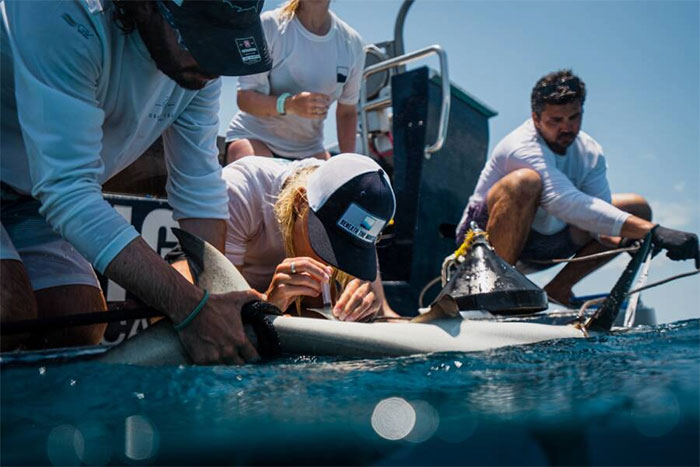
Tiger sharks maintain healthy seagrass meadows by preying on herbivores such as sea turtles, manatees, and other species that graze on seagrass, contributing to its degradation.
For this reason, tiger sharks are considered beneficial to the environment and can help mitigate the impacts of climate change, as they help keep seagrass meadows healthy by preying on herbivores that consume seagrass.
This natural cycle has also proven to be immensely beneficial for scientists.
“The tiger sharks have led us to the seagrass ecosystem in the Bahamas, which we now know has the potential to be the largest blue carbon reservoir on the planet,” said Austin Gallagher, a scientist and chief executive officer of Beneath the Waves.
He stated: “Equipping animals with cameras for scientific purposes is not entirely new, but using this approach to map seabeds is a relatively novel concept. I truly believe that it is the only way to accurately survey seabeds across vast and remote oceanic regions.”
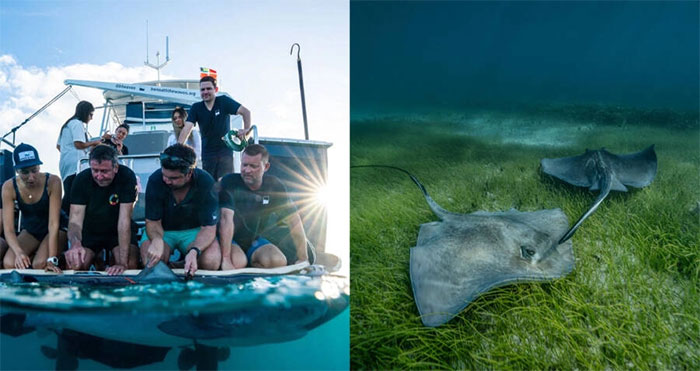
Seagrass stabilizes sand and mud, keeping water clear. The leaves and stems of seagrass slow down water flow. The dense filtering characteristics of seagrass trap sediment below and reduce erosion. This plant also has the capacity to store a large amount of carbon emissions from the atmosphere.
Proper surveying is the only way for researchers to truly understand how much seagrass remains on our planet – it is the only method to provide data for the appropriate conservation of these natural habitats.
Rasheed stated: “Seagrass also helps prevent coastal erosion. And in places where you see lush seagrass, the marine environment there will certainly be very clean, as this plant will filter out sediments and nutrients flowing from the land to the coral reefs.”
Current estimates suggest that there are approximately 99,660 to nearly 1 million square miles of verified seagrass under the ocean, but there is still no way to know for sure as of now.
Based on these estimates, the newly mapped meadows in the Bahamas, which may span an estimated 92,000 square kilometers (equivalent to 57,200 square miles), could contain between 19 to 26 percent of the blue carbon buried in seagrass globally.
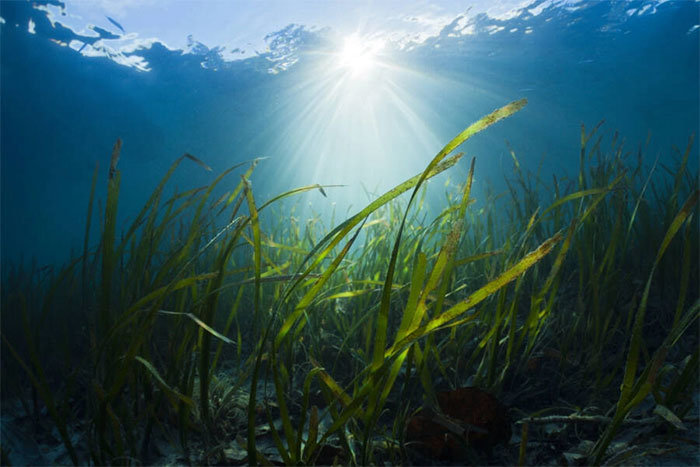
Seagrass is a higher plant with roots, stems, leaves, flowers, and seeds. Seagrass typically has long green leaves, often confused with seaweed, but is actually more closely related to flowering plants on land. They evolved around 100 million years ago and currently, there are about 72 different species of seagrass belonging to four main families: Zosteraceae, Hydrocharitaceae, Posidoniaceae, and Cymodoceaceae. Seagrass can form dense underwater meadows that can be observed from satellite imagery.
Gallagher stated that the current state of the climate crisis means that these meadows need to be better protected.
He said: “The extent of seagrass meadows is still not well understood. Therefore, it is clear that mapping and science need to quickly record these areas, and then protect them, for the countless benefits they provide to humanity and our own existence.”


















































